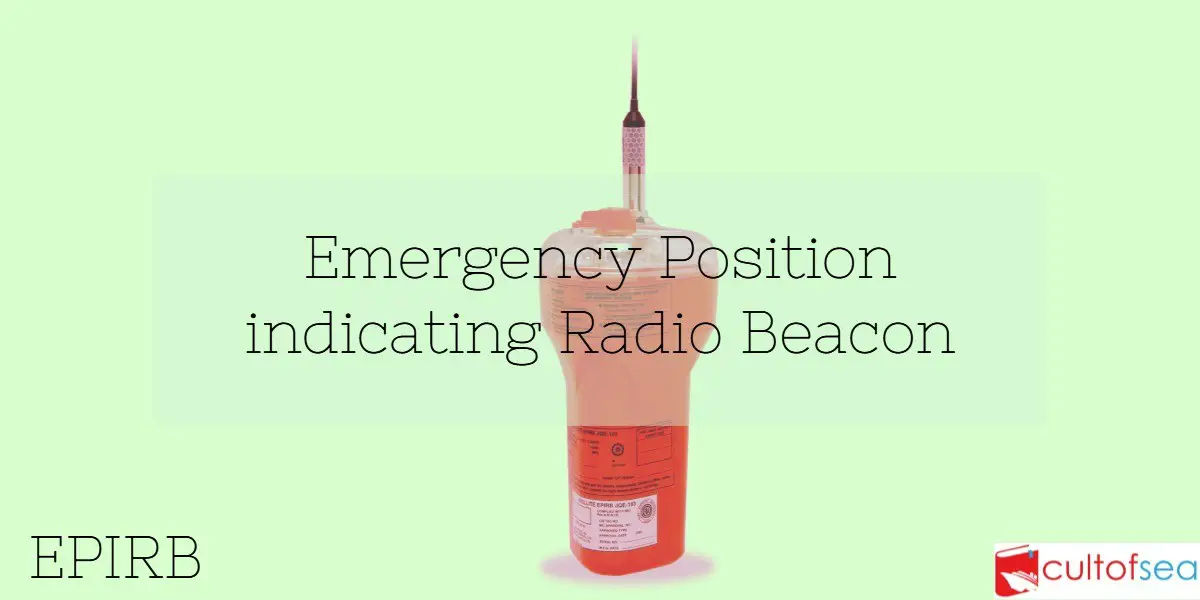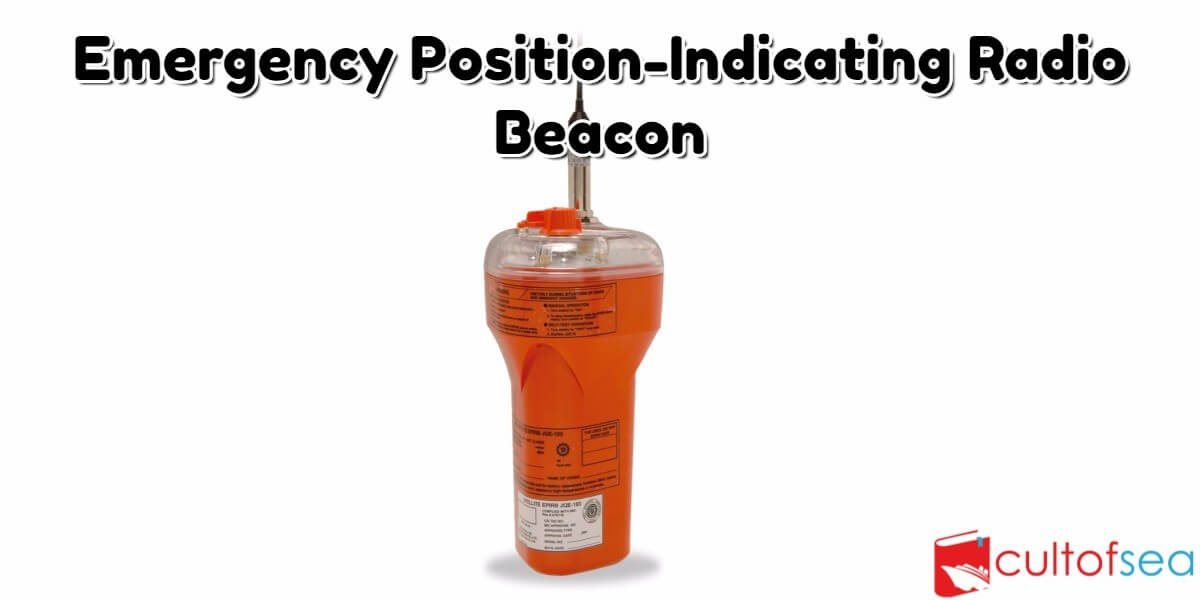An Emergency Position Indicating Radio Beacon or EPIRB is a safety device carried by a vessel to alert search and rescue services and allow them to quickly locate you in the event of an emergency. It does this by transmitting a coded message on the 406 MHz distress frequency via satellite and earth stations to the nearest rescue coordination centre.An EPIRB usually works on 406/121.5 MHZ and can be manually or automatically activated and some models are also water activated. 121.5/243 MHz EPIRBs The International Cospas-Sarsat System ceased satellite processing of 121.5/243 MHz beacons … [Read more...]
EPIRB – Performance Standards (406Mhz)
Recommendation On Performance Standards For Float-Free Satellite Emergency Position-Indicating Radio Beacons (EPIRBs) Operating On 406mhz General 1. The satellite EPIRB should be capable of transmitting a distress alert to a polar-orbiting satellite.2. The EPIRB should be of an automatic float-free type. The equipment, mounting and releasing arrangements should be reliable, and should operate satisfactorily under the most extreme conditions likely to be met with at sea.3. The satellite EPIRB should: .1 be fitted with adequate means to prevent inadvertent activation; .2 be so … [Read more...]

